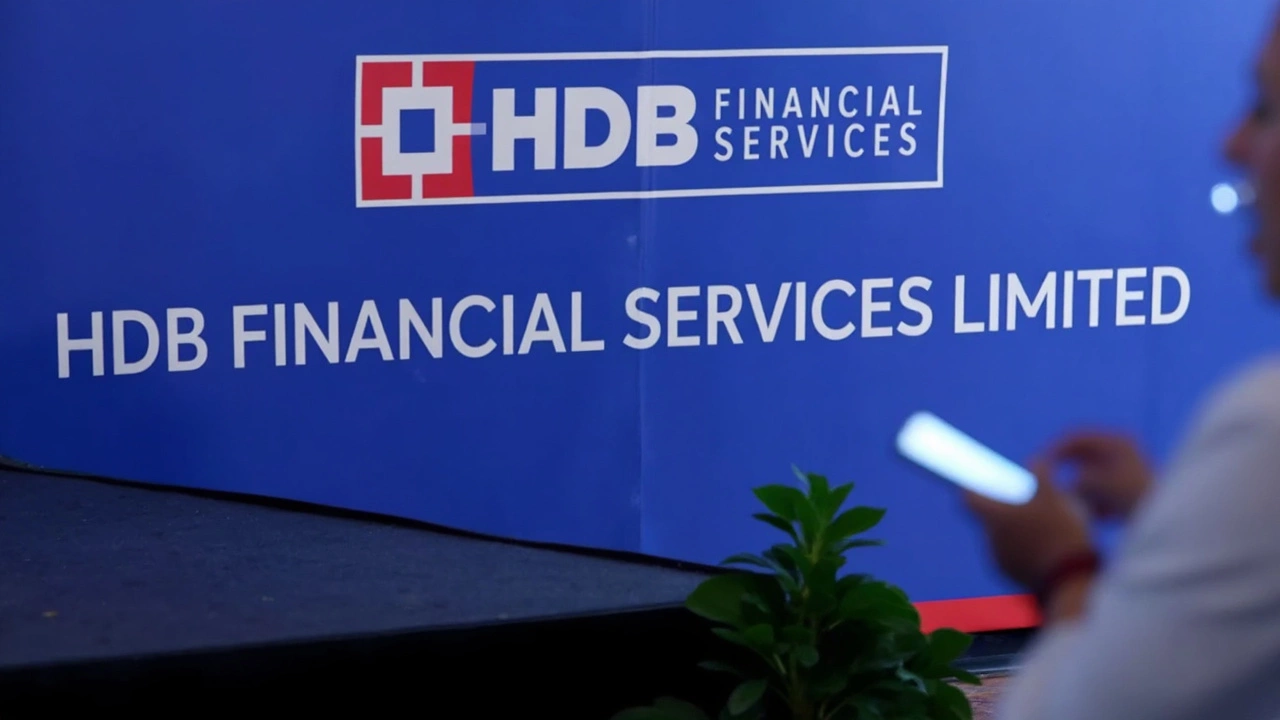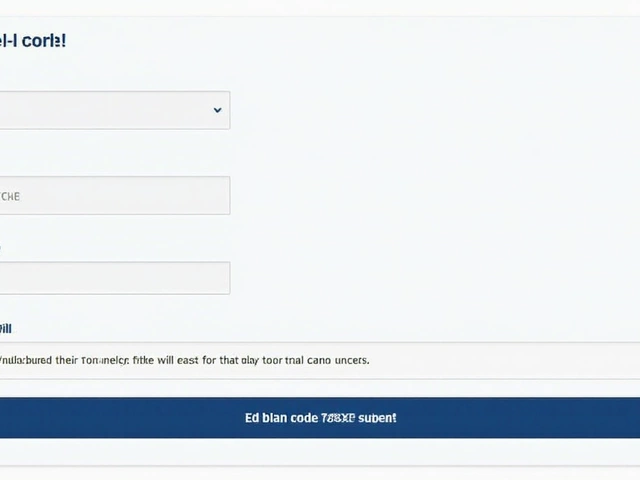HDB Financial IPO: What You Need to Know
If you’re thinking about joining the next big market move, the HDB Financial IPO is worth a close look. It’s the first time HDB Financial is offering shares to the public, and that creates a mix of excitement and questions. Below we break down the key points in plain language so you can decide if it fits your plan.
IPO Timeline and Subscription Process
First, know the schedule. The company filed its prospectus in early July, and the regulator gave the green light by mid‑July. The actual price band was announced at the end of July, with the final issue price set in early August. Subscription opened the next day and closed after three days. The shares started trading on the stock exchange a week later.
To get a slice, you need a demat account with a broker that handles IPO applications. Fill in the online form, specify how many lot sizes you want, and confirm payment. Most brokers lock the amount in your bank account for the subscription period, then release any excess if the issue is oversubscribed. Keep an eye on the allotment notice – it tells you if you got shares and how many.
Why Investors Are Watching HDB Financial
HDB Financial operates in a fast‑growing segment of the financial services market. Its core business includes consumer loans, small‑business financing and digital payment solutions. Analysts point to a strong loan book, low non‑performing assets and a tech‑driven platform as reasons the company could scale quickly.
From an investor’s perspective, three things stand out:
- Growth potential: The company targets a 20‑25% revenue CAGR over the next five years.
- Valuation: At the final issue price, the price‑to‑earnings multiple is slightly below peers, suggesting a discount for early buyers.
- Risk profile: Credit risk and regulatory changes are the main concerns. The firm’s diversified loan portfolio helps, but keep an eye on policy shifts.
Many retail investors see the IPO as a way to get in at the ground floor of a fintech‑focused lender. Institutional buyers are also loading up, which can add confidence but also increase volatility once the shares start trading.
If you decide to participate, set a clear budget and stick to it. Don’t chase the hype; instead, compare the IPO price with the company’s earnings, cash flow and market position. A simple rule is to invest only what you can afford to lose, especially in new listings where price swings are common.
Finally, stay updated. News about the IPO’s performance, analyst upgrades or downgrades, and quarterly results will shape the stock’s trajectory. Follow reliable financial portals, subscribe to broker newsletters, and keep an eye on regulator filings for any surprises.
In short, the HDB Financial IPO offers a blend of growth promise and typical new‑issue risks. By understanding the timeline, subscription steps, and the company’s fundamentals, you can make an informed choice and avoid the pitfalls that catch many first‑time investors.
HDB Financial IPO: India’s Biggest NBFC Listing Opens June 25—What Retail Investors Need to Know
HDB Financial Services is launching a record-breaking ₹12,500 crore IPO for retail investors from June 25 to June 27, 2025. Priced at ₹700-₹740 per share, the public offer includes new shares and a large sell-off by HDFC Bank. The company, known for MSME and vehicle loans, has a grey market premium hinting at solid listing gains.





